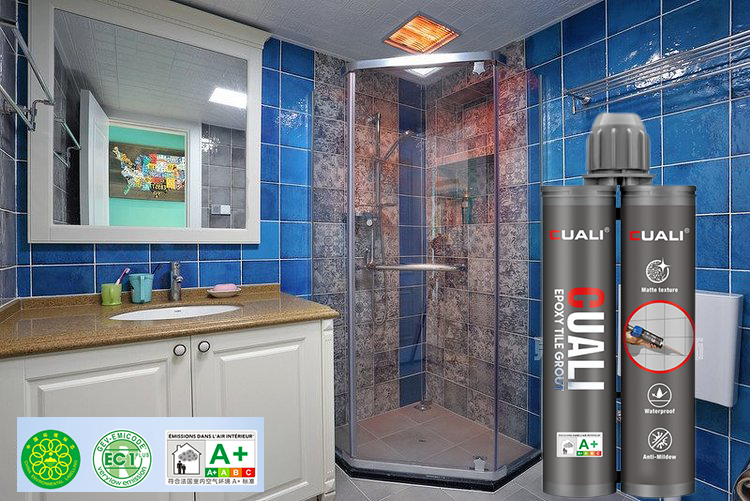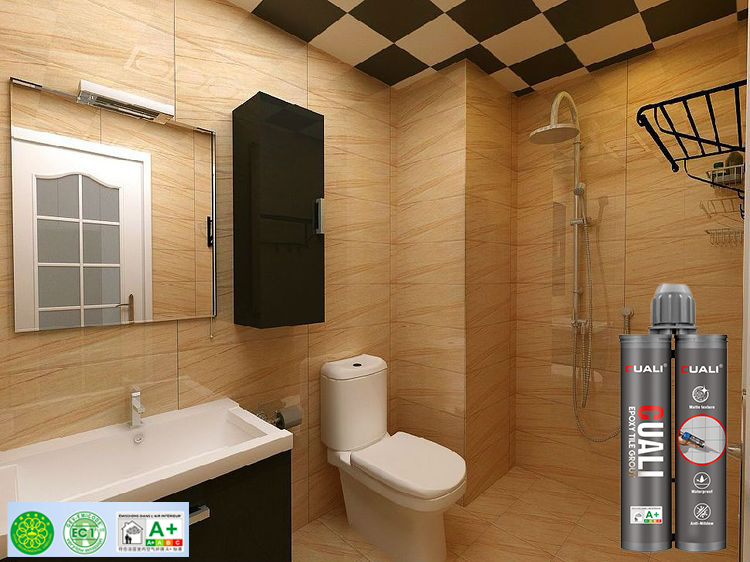
How to Make Bathroom Wall Tile Joints More Aesthetically Pleasing
How to Make Bathroom Wall Tile Joints More Aesthetically Pleasing
Wall tile construction requires more technical finesse for details than floor tiling, especially for external corners of wall tile joints. Ensuring no hollowing during installation and proper edge treatment are crucial. When tiling walls, 阴阳角 (yin and yang corners) often pose challenges. Here’s how to handle bathroom wall tile joints for optimal aesthetics, with six key methods outlined below.
Methods for Handling Bathroom Wall Tile Joints
- Mitered Corner Treatment: 45-Degree Bevel Cut on Tile Back
Cutting the back of tiles at a 45-degree angle to the vertical is called "mitered corner" processing. This is the most common method for external corners, offering the most aesthetically pleasing result. However, thin cutting makes them prone to breaking and difficult to repair. When beveling at 45 degrees, take care to avoid the glaze, leaving a 2–3mm margin. Slightly rounding the inverted edge enhances the corner’s smoothness. Manual beveling accuracy varies, so machine processing is preferred for consistent results.
- Using Specialized Corner Tiles
Specialized corner tiles are available in building material markets for direct application to external corners. This method requires more tiles and is unsuitable for low-density tiles. Ensure the corner tile’s surface color matches the main tiles to avoid color discrepancy.
- Applying Grout Sealant
Some homeowners opt for grout sealant to fill gaps, deeming 45-degree beveling or professional milling too time-consuming. However, this method has drawbacks: cement grout may lack adhesion to corners, risking detachment over time. Additionally, wide application on smooth-tiled surfaces may not match the decorative effect of tiles.
- Partial Beveling with Grout Sealant
Full back beveling can make corners too sharp and fragile. A compromise is to apply grout sealant only to the front of external corners. This method is widely used, maintaining aesthetics while preventing accidental scratches from sharp edges.
Summary:
This article discusses enhancing the aesthetics of bathroom wall tile joints, focusing on external corner treatments. It outlines four methods: 45-degree mitered cuts (most visually appealing but fragile), specialized corner tiles (requires color matching), grout sealant filling (convenient but with adhesion risks), and partial beveling with grout sealant (balanced solution). Key considerations include avoiding hollowing, ensuring color consistency, and prioritizing durability for long-term aesthetic appeal.
Time:
2025-06-28
More News
